
Call us FREE 0808 2394 989
Opening Hours - Office closed, we'll open at 8:30am

Call us FREE 0808 2394 989
Opening Hours - Office closed, we'll open at 8:30am
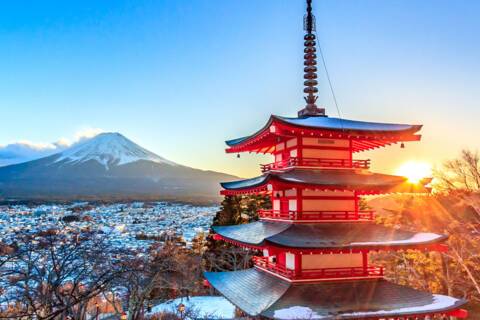
A city where you’ll find centuries-old culture jostling for position next to cutting-edge technology – a fabulous blend of history and modernity that has to be seen to be believed.
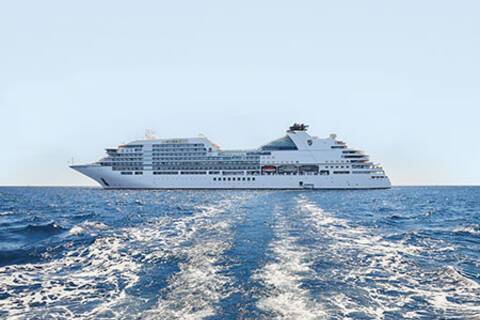
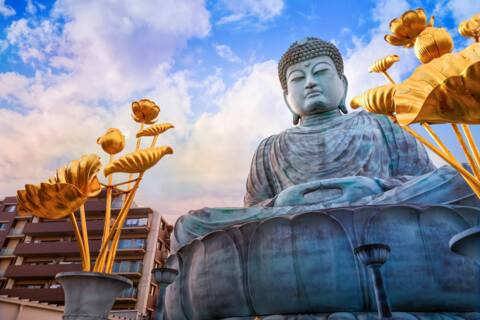
Kobe has been an important port city for many centuries, and was one of the first Japanese ports to be opened to foreign trade in the late Edo Period. Today, Kobe is one of Japan's ten largest cities. Sustaining heavy damage from the devastating Great Hanshin Earthquake of 1995, the city has fully recovered, and remains one of Japan's more cosmopolitan cities. A typical Japanese harbor town, foreign culture was introduced here centuries ago, and Kobe's food and architecture posses a diverse and exotic flavor.

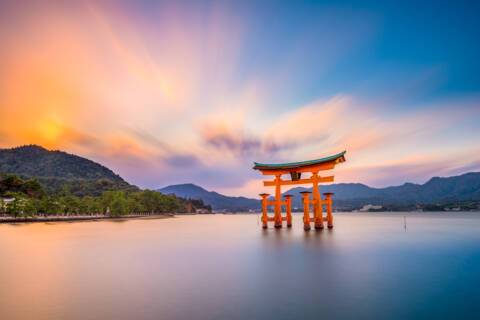
Hiroshima means “wide island” in Japanese. The city was established in the 16th Century on Japan’s largest island, Honshu, and grew into an important shipping center and prefecture capital, boasting a fine castle. Although it was an important city in Japan throughout the imperial period, its reputation in the greater world was burned into history when it became to target of the first atomic bombing of a civilian target in August of 1945. The United States airplane Enola Gay dropped a nuclear device nicknamed “Little Boy” on the city that morning, obliterating everything within a two-kilometer radius and directly killing 80,000 people. Approximately 70 percent of Hiroshima’s buildings were destroyed. Within a year, injury and radiation illness had killed an additional 90, 000 to 116,000 citizens. The attacks on Hiroshima and nearby Nagasaki quickly led to the surrender of Japan and effectively precipitated the end of World War II in Asia. Within a few years, Hiroshima had begun to rebuild, and the city became the focus of an international movement to eliminate nuclear weapons from future wars. Relics of its past such as the impressive Hiroshima Castle and the tranquil Shukkeien Garden were rebuilt, and the city undertook the construction of a Memorial Peace Park, which today attracts visitors from around the world. The park, which holds a museum and a memorial “Atomic Dome” constructed on the closest remaining building to the blast site, is a moving and impactful place of pilgrimage in this re-born City of Peace. One notable feature is a colorful memorial to Sadako Sasaki, a young woman whose dying wishes for world peace were recounted in the story A Thousand Paper Cranes.
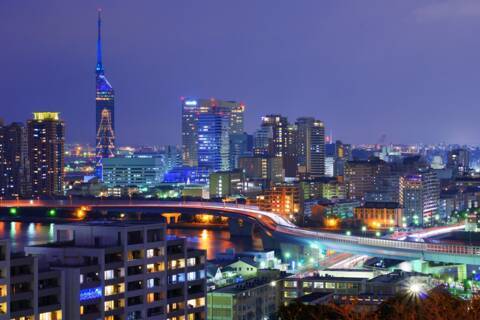
Located on the northern tip of Japan’s Kyushu Island, Hakata harbor’s location close to the Asian mainland made it an important port from very ancient times, serving the early administrative center at Dazaifu near by. In the 13th century, the Mongol Kublai Khan tried twice to subdue the city, but his attacks were both foiled by typhoons, which earned the last one the name Kamikaze, meaning “Divine Wind.” In the late 19th century, Hakata and the nearby samurai city of Fukuoka were merged. Today Fukuoka is a large, modern and eminently livable city that still benefits from its proximity to Korea and other “Asian Tiger” economies. Attractions for visitors include a park surrounding the ruins of the samurai Fukuoka Castle; the Shokufuji Temple, Japan’s first Zen temple; and the Japanese Garden and Gokoku Shrine in Ohori Park. The Genko Historical Museum holds displays of Japanese and Mongol armor from the period of the Mongol invasions. Modern highlights include the shopping and entertainment complex of Canal City and the waterfront Momochi Seaside Park development. Near by, the old 7th Century city of Dazaifu offers the Dazaifu Tenmangu Shrine with 6,000 flowering plum trees, the tranquil Komyozenji Temple with a lovely Zen garden, and the impressive, modern Kyushu National Museum.
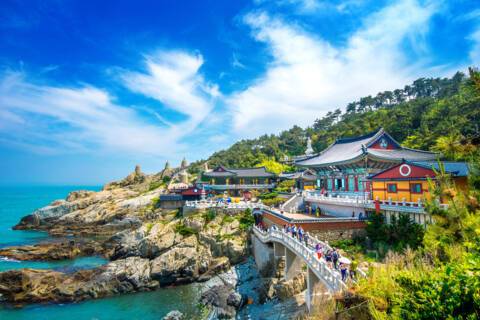
Busan is the second largest city in South Korea, and the country's seaside connection to Japan and the West. Lovely urban scenery, the Pusan International Film Festival, and near-by hot springs has made Busan a popular leisure destination. Busan has the sophistication of a major city, as well as famous beaches that lure visitors from all over the world. The city is a microcosm of South Korea, a nation whose economic success often obscures, to Westerners, one of Asia's most sophisticated and venerable cultures.
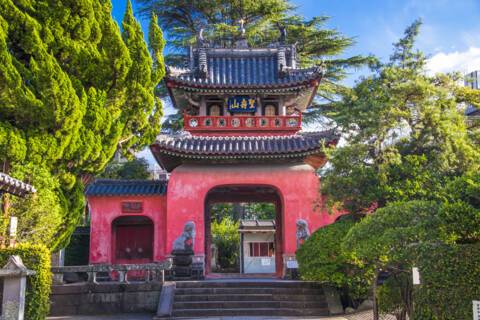
Nagasaki is situated on the West Coast of Kyushu on a scenic bay. Located closest to the Asian mainland, it has historically been an important trading center and highly influenced by Chinese culture. When Japan chose to isolate itself from the Western world for two hundred years starting in the mid 1600's, Nagasaki was the only port open to foreign vessels. In recent history, Nagasaki was the second city after Hiroshima to be destroyed by an atomic bomb, bringing an end to World War II.
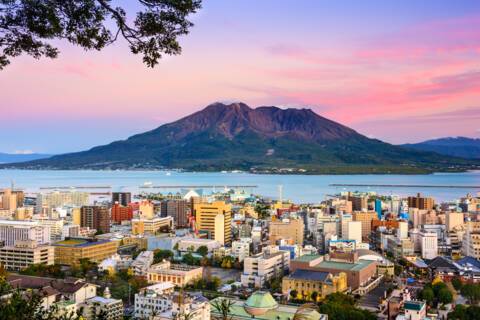
Capital of Japan's southernmost prefecture, Kagoshima faces the Kinko-wan Bay and the active Sakurajima Volcano. Kagoshima played an important role in Japanese history, starting in the early 7th century when Bounotsu Port was a base for trading with China and other Asian nations. The region, formerly known as Satsuma was dominated by 29 generations Shimazu lords for over 700 years until the 1867 Meiji Restoration. Between the 9th and 15th centuries, Satsuma was an important trading port with the countries of east Asia, as well as Europe, becoming one of Japan’s earliest points of contact with the West.
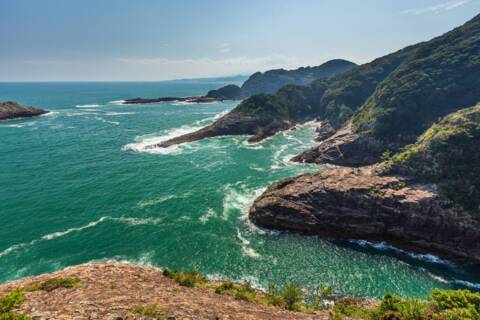

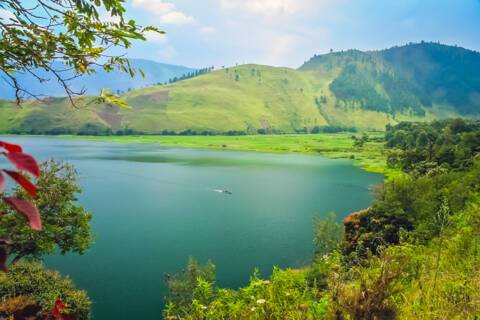
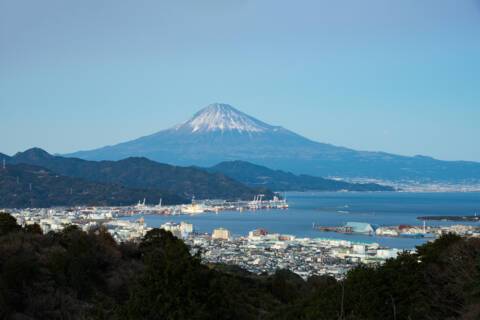
Sprawling, semi-rural Shimizu Ward is dominated by forested coastal mountains, with hiking trails and ropeway rides to dramatic viewpoints above Suruga Bay. Miho Beach Park is popular for swimming and water sports in summer, and there are baseball and soccer fields nearby, plus an aquarium at the Marine Science Center. Busy fisheries supply sushi bars and seafood markets with local specialties like sakura shrimp.

A city where you’ll find centuries-old culture jostling for position next to cutting-edge technology – a fabulous blend of history and modernity that has to be seen to be believed.




Busan is the second largest city in South Korea, and the country's seaside connection to Japan and the West. Lovely urban scenery, the Pusan International Film Festival, and near-by hot springs has made Busan a popular leisure destination. Busan has the sophistication of a major city, as well as famous beaches that lure visitors from all over the world. The city is a microcosm of South Korea, a nation whose economic success often obscures, to Westerners, one of Asia's most sophisticated and venerable cultures.
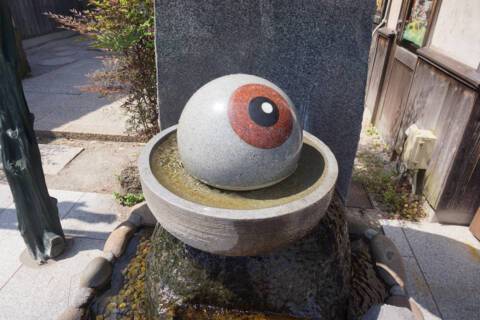
Renowned for its bounty of fresh seafood, Sakaiminato is a fishing town backed by mountains in the Honshu region. Izumo Grand Shrine is one of Japan’s most important Shinto temples, and the six-story, black Matsue Castle is one of the oldest surviving Tokugawa Samurai castles. View the snow-capped Mount Daisen, the vermilion, elaborately carved Hinomisaki temples or soak in the Kaike Onsen hot springs by the sea. The Adachi Museum holds a collection of modern Japanese art, while the Tottori Flower Road is a 124-acre flower garden. On the streets, a number of statues commemorate the Yokai figures created by the locally-born manga artist Mizuki Shigeru.

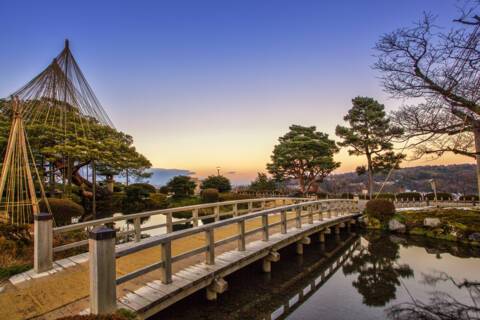
One of Japan’s best-preserved cities, Kanazawa escaped war damage and natural disasters to reward visitors with a wealth of architecture as an important clan castle town from the mid-17th century until the middle of the 19th. The mighty Kanazawa Castle did not survive intact, but its famous Ishikawa Gate, the Sunjikken Longhouse and lavish Kenrokuen Garden hint at the grandeur. Of special note are the surviving Higashi Geisha District and Samurai District streets. The Temple area holds the Myoryuji Temple with its hidden passages and secret doors giving it the nickname the Ninja Temple. The Oyamajinja Shrine is a later addition, its three-story gate with impressive stained glass windows reveal a Dutch influence. Museums worth exploring include the Kanazawa Yasue Gold Leaf Museum, with examples of the arts and crafts using the pure gold decoration for which the region is famous. Another museum celebrates the Buddhist philosopher D. T. Suzuki, credited with introducing Zen philosophy to the West, and a striking 21st Century Museum of Contemporary Art. Nearby Mt. Utatsu is renowned for its Three Shrines. VIEW CRUISES
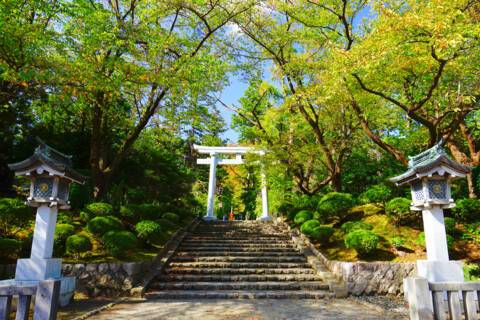
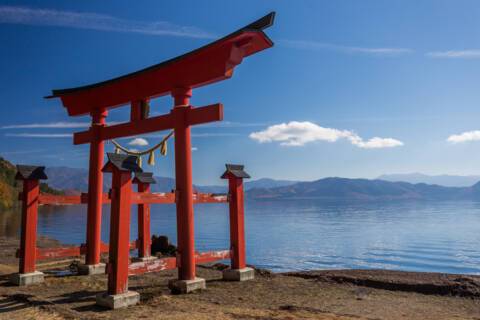
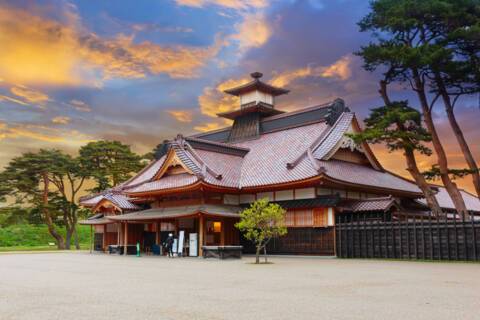
Explore Hokkaido, the northernmost island of Japan from the base of Hakodate or fall in love with the city itself.
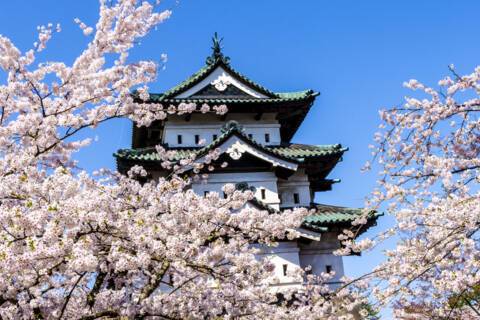
Located on the northernmost harbor of Japan’s main island of Honshu, Aomori is the traditional departure point for Hokkaido Island. It is famous for its summer Nebuta Matsuri festival, and has a museum that recaptures the color and pageantry for those who visit in other seasons. Explore the earliest prehistoric cultures of Japan at the Sannai Maruyama archaeological site, or visit the Aomori Museum of Art for a look at more contemporary works. Nearby Hirosaki boasts a 17th Century castle. Visit either the Auga or the Furukawa public fish market, where you can create your own version of a donburi rice bowl with pristinely fresh local seafood.


A city where you’ll find centuries-old culture jostling for position next to cutting-edge technology – a fabulous blend of history and modernity that has to be seen to be believed.
View prices as:
Your current viewing preference is:
Per Person Pricing
* Prices shown are per person, based on two adults sharing a twin cabin and include all cruise offer discounts and savings.

| Deck | Price | Enquire | |
| V4 | Deck 10 | Enquire now | |
| V3 | Deck 6 | Enquire now | |
| V2 | Deck 6 | Enquire now | |
| V1 | Deck 5 | Enquire now |
| Deck | Price | Enquire | |
| GRSS | Deck 8 | Enquire now |
| Deck | Price | Enquire | |
| O2 | Deck 7 | Enquire now | |
| O1 | Deck 10 | Enquire now |
| Deck | Price | Enquire | |
| WG | Deck 8 | Enquire now |
| Deck | Price | Enquire | |
| GR | Deck 8 | Enquire now |
| Deck | Price | Enquire | |
| PH | Deck 10 | Enquire now |
| Deck | Price | Enquire | |
| SS | Deck 8 | Enquire now |
| Deck | Price | Enquire | |
| PS | Deck 11 | Enquire now |
Modelled on the award-winning Odyssey Class vessels, Seabourn Encore offers a wealth of new concepts and illuminating ideas to delight the world’s most discerning travellers. Experience the very latest in sophistication on board this small and elegant ship.
What’s onboard: Bridge, Casino, Coffee Bar, Fitness Center, Grand Salon, Marina, Medical Facility, Meeting Rooms, Observation Bar, Patio Bar, Pool, Salon, Seabourn Shops, Seabourn Square, Sky Bar, Sun Terrace, Sushi, The Club, The Colonnade, The Patio, The Restaurant, The Retreat, The Spa at Seabourn, Whirlpool and much, much more.

Every suite has an ocean view and a personal suite steward, walk-in closets with terry robes (dressing gowns), slippers and a private safe.
Cotton linens, all season duvets, and your choice of hard or soft pillows.
An in-suite mini bar stocked with complimentary wines or spirits.
Luxury shower and bathroom products by Molten Brown.
Interactive entertainment, complimentary Wi-Fi and a welcome glass of champagne on embarkation day.
Each suite has U.S. standard (110 volts AC, flat prongs) and the European standard (220 volts AC, round prongs), ROL Cruise recommends taking an adapter plug with you.
Smoking is not permitted on the Expedition ships Seabourn Venture and Seabourn Pursuit. This is due to the ships sailing to rarely visited, pristine and untouched places with diverse ecosystems and wildlife.
Smoking is permitted across the rest of the fleet in designated outside areas, smoking is not permitted anywhere inside the ship.
The language spoken on board the Seabourn fleet is English.
The currency on board is US Dollars.
Daytime: Casual resort-style attire, including jeans and shorts is welcome throughout the ship.
Swimsuits, brief shorts, exercise attire and cover ups are permitted poolside, on deck or in the spa and fitness centre – not in the bars, restaurants, or shops on board.
The dress code changes after 6pm and is dependent on dining venue.
All dining venues excluding The Restaurant:
Men: Trousers with a collared shirt or sweater.
Ladies: Trousers / skirt, blouse, pant suit or dress.
The Restaurant:
Men: Suit, trousers and jacket or a tuxedo.
Ladies: Evening gown or other formal apparel.
The number of formal nights depends on the number of nights, the below is subject to change and a guide only.
Cruises up to 13 days: One Formal evening
Cruises of 14 to 20 days: Two Formal evenings
Cruises of 21 or more days: Three Formal evenings
All drinks are included on your Seabourn cruise, this includes premium spirits and fine wines.
Please notify your ROL Cruise agent at least 6 weeks prior to sailing of any dietary/ allergy requirements. Seabourn will make every effort to accommodate any requirements.
Open dining has been implemented across the fleet. Reservations are not required in The Restaurant or Patio Grill. Reservations are recommended for other dining venues to avoid disappointment and reservations close 15 days prior to departure. Reservations can be made online or on board.
You can book shore excursions approximately one year before your departure date and up to three days prior to sailing on Seabourn.com, you can also pre book the spa here as well.
Each tour description indicates the difficulty level along with cautions and restrictions. You can book shore excursions once on board as well with the Destination & Guest Service team who can help you find the right shore excursions for you.
There are designated adapted suites onboard, mobility devices must be stored and charged in your suite for safety reasons.
Expedition cruises will use Zodiacs, (small rubber landing crafts), wheelchairs and scooters are not permitted due to the size of the Zodiacs. Please discuss this with your ROL Cruise agent and relay any concerns you may have.
Surf Wi-Fi is available across the fleet but cannot be guaranteed. Guests in Penthouse suites and above will benefit from Stream Wi-Fi.
There is no luggage allowance on board, you must be able to store your luggage safely in your suite.
Please note that airlines do have luggage restrictions, so it is advisable to find out what the luggage allowance is for the airline you are travelling with.
The loyalty is called Seabourn Club, you will automatically be enrolled upon booking. You will begin to earn points as soon as you set sail and will earn a point for every Sailed Day. You can earn points for other things as well, the more points you have, the more benefits you will receive.
Gratuities and tipping are neither required nor expected onboard the Seabourn fleet.
Gratuities are not included however in shore excursions dealing with ground operators on land. Tipping of guides, drivers and other independent ground staff is welcomed and at your discretion.
Duo of Wine is one per booking, for Ocean View Staterooms & above on cruises of 10 nights & above, for Mainland UK addresses only.
SAVINGS are based on per person, for UK mainland addresses only when booking by 8pm 30th November 2024. Other exclusions may apply.